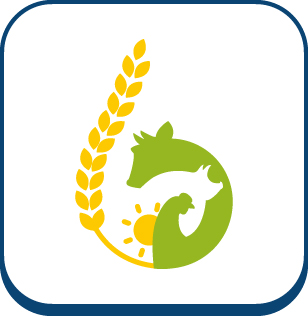Effect of sodium nitrite on outgrowth and toxinogenesis of psychrotrophic Clostridium botulinum Group II type B following an extended cooling of cooked ham
Fiche technique
Titre :
Effect of sodium nitrite on outgrowth and toxinogenesis of psychrotrophic Clostridium botulinum Group II type B following an extended cooling of cooked ham
Date sortie / parution :
2022
Référence :
FoodMicro 2022, 28-31 août 2022, Athènes, Grèce
Auteur
Quelques mots clés
Autres documents
Listeria monocytogenes: Identification by high-throughput real-time PCR of 30 clonal complexes prevalent circulating in food, animal, environment and human in Europe
Listeria monocytogenes (Lm) is a bacterium that causes a food-borne illness, the Listeriosis. Typing studies using Multi Locus Sequence Typing (MLST) reveal that most strains are gathered into few major…
Publié en 2022







